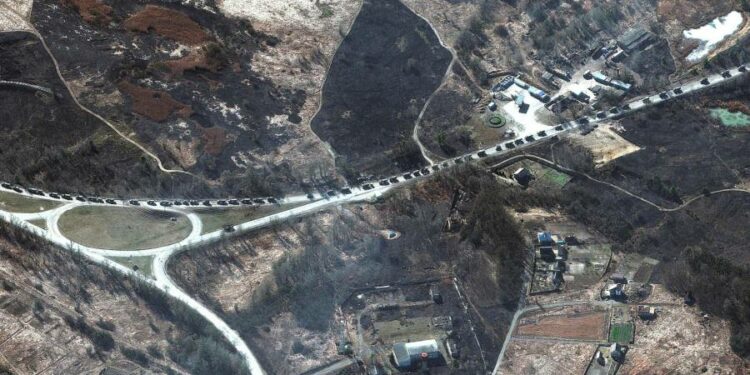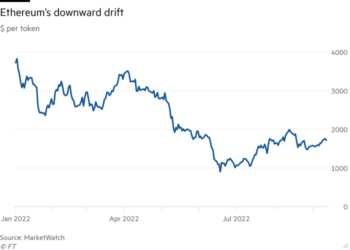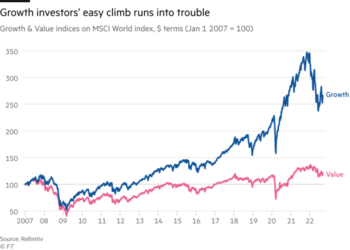The writer is a research fellow at the Royal United Services Institute think-tank. This article was co-written by Alexander Harris, research associate at The Alan Turing Institute
For decades, images transmitted by surveillance satellites in space landed on desks in highly secure government buildings and were viewed only by carefully vetted individuals. Today, senior Ukrainian government officials are publicly asking companies to provide real-time geospatial data to help support their armed forces with actionable intelligence on enemy troop movements.
This kind of shift is not exclusive to satellite imagery and the commercial sector. The exponential increase in publicly available data means citizen investigators are now able to track military build-ups, expose human rights abuses and discredit false narratives peddled by state actors in the process. A notable example is Bellingcat’s investigation deconstructing and disproving the Kremlin’s denial of involvement in the downing of flight MH17, with some evidence subsequently used by the international team investigating the incident.
Hiding is now far more difficult than it used to be, since clandestine operations are easier to uncover. Seeking has also become simpler. Clues about hostile networks and activities are more identifiable using freely available open-source tools which can help identify where and when an image or video was taken, as well as through paid subscriptions to companies’ satellite imagery databases.
The growth of these techniques and their ability to transform publicly available data into open-source intelligence, or Osint, raises a central question: how can governments capitalise on these new opportunities within a security infrastructure designed for secret intelligence gathering from clandestine sources?
Secret intelligence will rightly remain integral to what they do. However, it is no longer enough to keep a country and its institutions safe. In the months leading up to Russia’s invasion of Ukraine, and during the conflict itself, there has been a profusion of high quality open-source reporting and insight available online.
Now that Twitter provides a platform for increasing numbers of citizen investigators tracking the whereabouts of Russian military equipment and personnel, state intelligence agencies are no longer the sole arbiter of the public’s access to intelligence. This, in turn, is changing the government’s risk calculation for declassifying information. The “reasonable threshold of secrecy” — the justification required to keep certain pieces of intelligence secret — is being raised. As GCHQ director Sir Jeremy Fleming told an audience this year, “deeply secret intelligence is being released to make sure the truth is heard. At this pace and scale, it really is unprecedented.”
The benefits for spy agencies are manifold. Intelligence that can be gathered from the internet or a public database is a cost-effective and minimally intrusive course of action, which frees up resources for insights that cannot be discovered from open-source information. One recent example is a UK intelligence briefing in January suggesting that Russia planned to overthrow Kyiv’s elected government and install a puppet regime led by former Ukrainian politician Yevheniy Murayev.
While open-source information was able to document Russia’s troop build-up in detail (the “who”, “what” and “where”), it could not explain whether the aim was to create coercive leverage in negotiations or to prepare for direct military action (the “why” and “what next”). This example demonstrates the need for a mutually reinforcing relationship between Osint and secret intelligence, where the two are combined to produce meaningful analysis.
Despite some promising signs, our new report shows that decisive action is still needed to overcome barriers to progress. This includes developing more professionalised structures for the verification, curation, and dissemination of Osint, so that it undergoes the same rigorous processes as traditional intelligence.
Given the technical constraints on intelligence analysts’ access to non-classified sources, creative solutions are needed to ensure that they are equipped to integrate information from Osint specialists. There is also a need to confront deep-rooted preferences for “secret” information which have historically disadvantaged Osint use within the intelligence community.
Without long-term investment dedicated to Osint capabilities and training, what could be a revolution in working practices will only ever be a short-term boost. The concept has been proved on the battlefields of Ukraine — the least governments can do now is maximise its potential.











